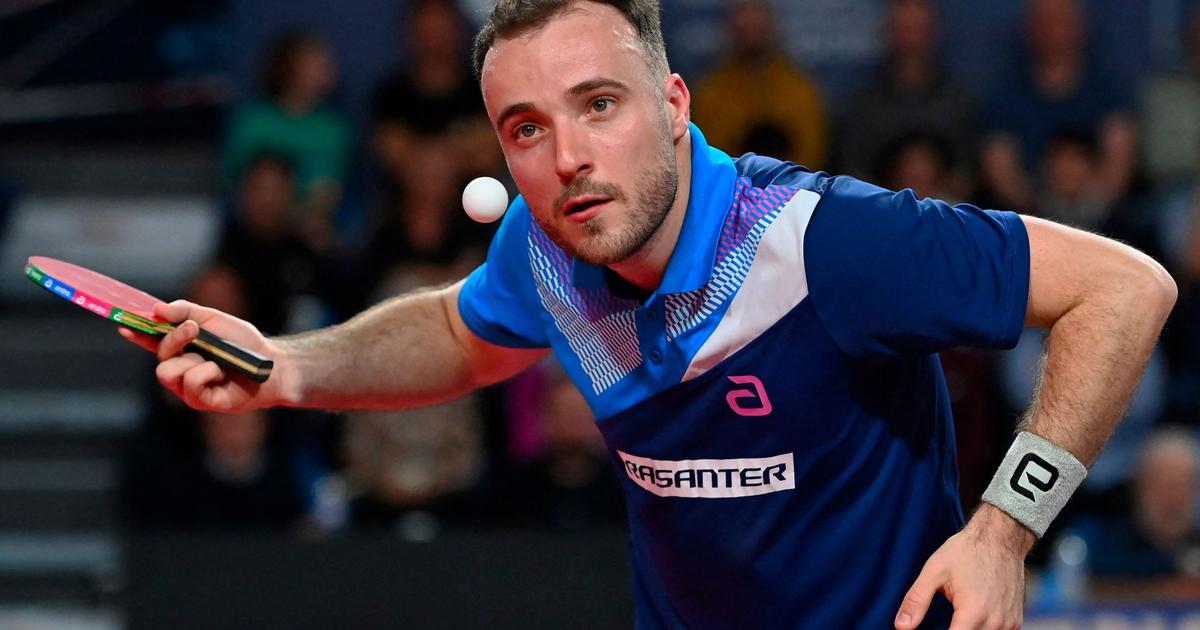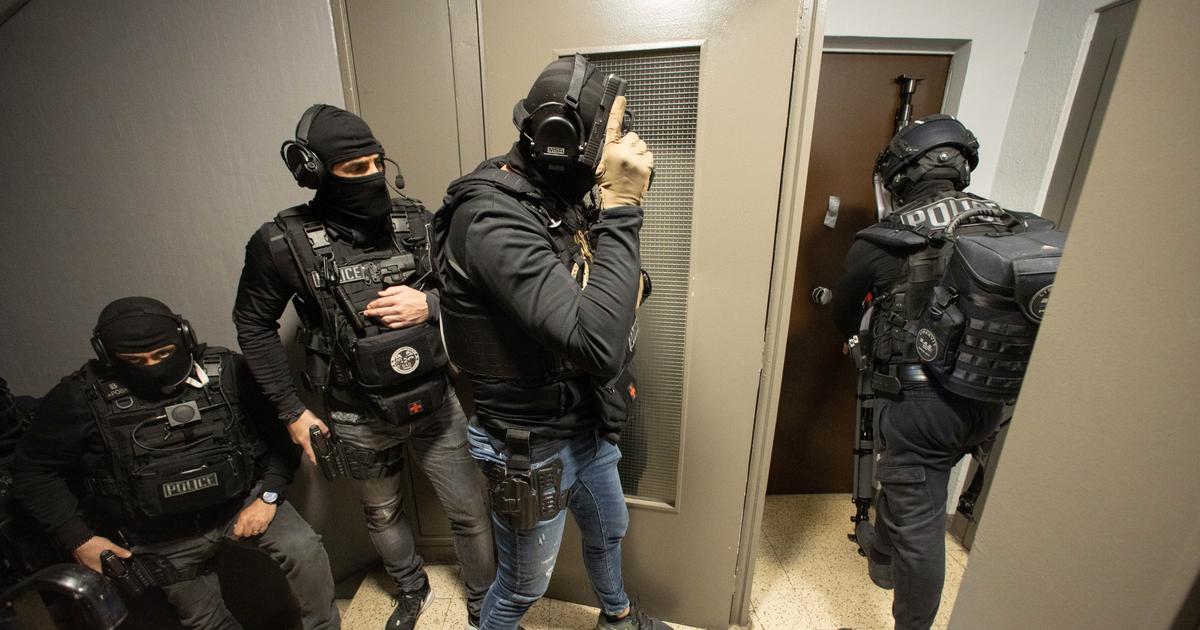Vicente Zambada (left), after his arrest in Mexico in 2014, and Eduardo Arellano Félix (right), in 2008.
If there are two families of drug traffickers that marked the war that sowed corpses in Mexico in the following years, it was the bloody fight between the Sinaloa Cartel and Los Arellano Félix.
The battle and hunt between the members of the two families in the early 1990s was the first great war between drug traffickers in the history of Mexico.
Until then, the drug lords were organized by a single command, always in charge of those from Sinaloa.
But the arrest of the supreme chiefs and the internal disputes over the territory provoked the bloodiest battles.
This year the United States will free two of its members: the eldest son of the head of the powerful Sinaloa cartel never arrested,
El Mayo.
Zambada, and possible heir to that criminal empire, Vicente Zambada, and one of the Arellano Félix brothers, Eduardo.
Collaboration agreements with the US justice system, especially for the privileged information on the operation of the cartels to the anti-drug agency (DEA), has given them the benefit of not spending the rest of their life in prison. Life imprisonment, like the one Joaquín
El Chapo is
serving
Guzmán - a partner of Vicente and El Mayo in Sinaloa - is the usual conviction for drug trafficking crimes.
However, Zambada's statement against El Chapo in New York court, as well as close cooperation since his extradition in 2010, saved him from a life behind bars and, although the US authorities cannot confirm the date, this is o will be free this year.
Something similar happens with Eduardo Arellano, although his role in the Tijuana organization was much less, and he acted more like an informant.
His sentence is served in August.
More information
Vicentillo Zambada, compadre of the DEA and traitor of the narco
The thirst for revenge of Güero Palma, the legendary capo of the Sinaloa cartel
The release from prison of these two great drug names revives in the collective memory the bloody battle of the nineties. A war that exceeded logistical objectives, control of territories and borders, and became for more than a decade a matter of honor and betrayal, the hard rules that governed crime in another era. According to journalist Anabel Hernández, author of
El Traidor
- on the life of El Vicentillo and his agreements with the DEA - the
main architect of this ancient way of
settling accounts is Ismael
El Mayo.
Zambada, Vicente's father and undisputed head of the Sinaloa cartel.
The only capo of his generation - 73 years old - who has never been persecuted or detained by the authorities, despite having been trafficking for more than 50 years, and who orchestrated, allowed and ordered the war against the Arellano Félix.
The great criminal empire controlled by the Sinaloa, then called the Juarez cartel, comprised a series of pacts of territories that the war against the Arellanos exploded years later.
Since the eighties, the chief of chiefs was Miguel Ángel Félix Gallardo, who together with Ernesto Fonseca Carrillo (
Don Neto
) and Rafael Caro Quintero, established business with Pablo Escobar's powerful organization. Until then, there were also tacit agreements with other cartels on the northern border of Mexico for drug trafficking. But there was a turning point in the Mexican narco: the brutal murder of DEA agent Kiki Camarena in 1985. The agency put the spotlight like never before on these Mexican criminals, accused of one of the most heinous crimes against one of their own. , and the hunt ended all of them: Don Neto was arrested in 1985; Félix Gallardo was captured in 1989 and is still serving a sentence in Mexico, and Caro Quintero, the only one who was directly implicated by the agency with the kidnapping, torture and execution of Camarena, arrested in 1985 in Costa Rica.In 2013 he was released after a controversial ruling by the Mexican courts and is currently unaccounted for. But the DEA does not forget: a year ago it asked for the highest reward for a criminal, 20 million dollars.
After the breakdown of the solid Mexican criminal apparatus, the apparent control of the Sinaloans faltered. And wars over key traffic points marked the 1990s. In which El Mayo, one of the oldest members of the Guadalajara cartel, allied with El Chapo, waged the battle that is reviving these days with the liberation of Vicente and one of his eternal rivals, Eduardo Arellano.
It all started in Tijuana. El Mayo's fight, who at the beginning of that decade lived in this city on the border with California, to prevent the Arellanos - then led by the brothers Benjamin and Ramón, the most bloodthirsty - from taking over the absolute power of the strip of traffic cocaine code, ended up sentencing his eldest son, Vicente, alias
El Vicentillo
, to death
. According to the testimonies of his lawyer and writings of Vicentillo himself to the journalist Hernández, the Arellanos tried to assassinate him for the first time in 1991, when he was only 16 years old. This conflict is exacerbated by the misdeeds of a young Chapo Guzmán - a partner of El Mayo - against the Arellanos to dispute their place. And during the early nineties there were bloody attacks never seen to date.
Although some analysts disagree on how the battle with the Arellanos began, they all agree that the war between those from Sinaloa and those from Tijuana was the drug's first great battle. These internal wars strewn the national territory with corpses - later it was Los Beltrán Leyva and Los Zetas. In Baja California, the state of which Tijuana is the capital, it was even said in those years, according to local newspapers that cited federal sources, that there were only two types of deaths: the Sinaloans and the
Arellanos
. There was no more left. Tijuana was placed in the temple of death in Mexico, hanging from bridges, dismembered and in one of the most dangerous cities in the world.
The battle between Los Arellano and those of Sinaloa became more acute in 1992 with the attack perpetrated by El Chapo Guzmán and his lieutenant El Güero Palma - now also awaiting release at age 61, after 26 in prison, less than that the Mexican Government impute new charges against him - in Puerto Vallarta against the brothers Benjamin and Ramón Arellano. The Christine nightclub massacre left six dead and hundreds of shell casings.
In the middle of the conflict, the Arellano Félix brothers infiltrated a hit man in the tightest circle of Sinaloa power. First he seduced Güero Palma's wife. Then he killed her and sent the head to her husband in a refrigerated metal box. A week later, Güero received another macabre message. A video tape that recorded how her two children, Nataly and Héctor, aged four and five, were thrown off a bridge more than 150 meters high in Venezuela.
But the moment that marked the escalation of the confrontation was the murder of Cardinal Juan Jesús Posadas in the Guadalajara Airport parking lot in 1993. The crossfire in the parking lot was between the Arellanos and the men of
El Chapo
Guzmán. The Mexican government blamed the cleric's death on El Chapo, until then only known for the cruel attacks against those in Tijuana, and catapulted him to world fame. Guzmán was arrested that year in Guatemala, although in 2001 he escaped from prison for the first time.
Just in those years, in the early 2000s, the decline of the Arellanos began.
In 2002, one of the powerful brothers, Ramón, was riddled with bullets at a carnival in Mazatlán (Sinaloa).
According to the journalist Hernández, years before they had ordered the assassination of the family of one of El Mayo's wives, in addition to provoking a car bomb attack against himself in Guadalajara (Jalisco).
A week later, Benjamin was arrested (sentenced in the United States to 25 years for drug trafficking).
The youngest, Francisco Javier, known as
El Tigrillo
, remained as the leader of the cartel after the death of his brother Ramón.
However, he was arrested in 2006 by the US coast guard while fishing on a yacht 25 kilometers off the coast of Baja California and was sentenced to 23 and a half years also in the United States.
From Eduardo Arellano, alias
El Doctor
, whose conviction for money laundering of this cartel is fulfilled in August, it is presumed that he inherited a criminal organization on the verge of extinction after that war and the police persecution. It was his sister Enedina, his son and he who continued the business when the rest of the brothers fell. But, according to Hernández, to believe that El Mayo has considered that battle resolved is a mistake: “El Mayo's hatred for the Arellanos is infinite. This does not mean that with the release of Eduardo a war begins, the Arellanos practically do not exist and they no longer have the capacity to confront the powerful Sinaloa cartel. But for a man like Ismael Zambada it is a matter of honor that there is a reckoning ”.
A decade after the war between the families, another brother, Rafael Arellano, who had been released in 2008 - after his capture in 1993 and extradition to the United States - was shot to death by a hitman dressed as a clown in 2013 in Los Cabos, Baja California Sur.
More than 10 years had passed and the Arellanos were already just a memory of the bloody past of drug trafficking.
The departure of another of the members of the Tijuana clan in August resurrects once again the cruel war of families of the nineties.
Subscribe here
to the
newsletter
of EL PAÍS México and receive all the informative keys of the current situation of this country

/cloudfront-eu-central-1.images.arcpublishing.com/prisa/RDJTAAMU5REZNM324Q6KRB4TTU.jpg)







